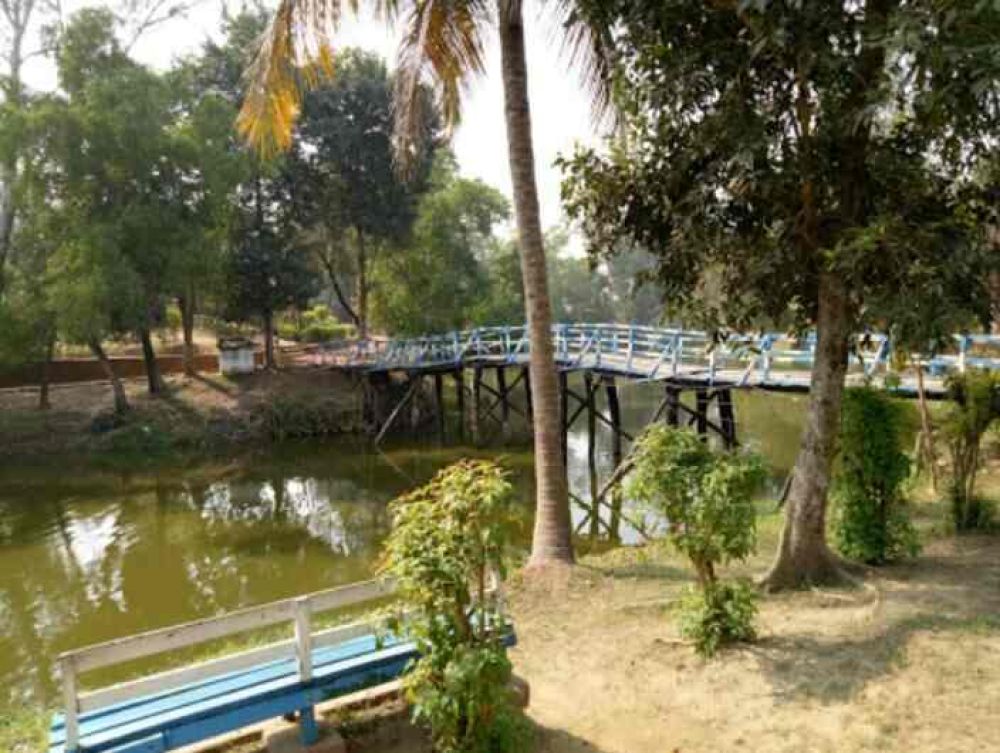

Located in the coastal resort town of Digha in West Bengal, India, Amarabati Park is an oasis of serenity and a popular tourist destination well known for its beautifully landscaped gardens and tranquil setting. Digha itself is recognized as one of the most visited beach destinations in West Bengal, attracting tourists with its scenic beauty and relatively unspoiled beaches.
The history of tourism in Digha can be traced back to the British era, with references to this coastal town in the writings of British historians. It was an English businessman John Frank Snaith who started living here in 1923 that led to the transformation of Digha into a beach resort. It is said that he convinced the then Chief Minister of West Bengal, Dr. Bidhan Chandra Roy, to develop Digha as a beach resort.
Amarabati Park, established as part of the development initiatives to boost tourism, has become a pivotal attraction within the area. Created for the enjoyment of locals and tourists alike, it offers a refreshing escape from the hustle and bustle of daily life and stands out as a testament to the growth of the tourism industry in Digha.
At the heart of Amarabati Park's offerings are its lush greenery, well-maintained pathways, and tranquil pond. The park also features boating facilities, which have become a favorite among visitors. With the addition of a ropeway, it has added an element of adventure and fun, making it a unique attraction in Digha. Children’s play areas and conveniences like food stalls enhance the experience for family visitors.
The continuous development of tourist facilities like Amarabati Park has played a significant role in shaping the local economy. It has led to increased employment opportunities, with many locals engaging in tourism-related businesses like hotels, restaurants, and souvenir shops.
In recent years, there has been a shift towards sustainable and eco-friendly tourism practices in Digha. There is an emphasis on preserving the natural beauty of the coast while providing tourists with enjoyable experiences. This includes investing in cleaner beaches, better waste management, and the promotion of activities that have a low environmental impact. The rise of digital technology has also influenced tourism trends, with more travelers relying on online platforms for bookings and reviews.
The future of tourism at Amarabati Park and in Digha looks promising. With ongoing efforts to improve infrastructure, and a commitment to sustainable development, this coastal town's tourism sector is set to flourish. As it continues to balance between embracing modernity and preserving its natural beauty, Digha is well on its way to becoming an exemplary tourist destination in India.